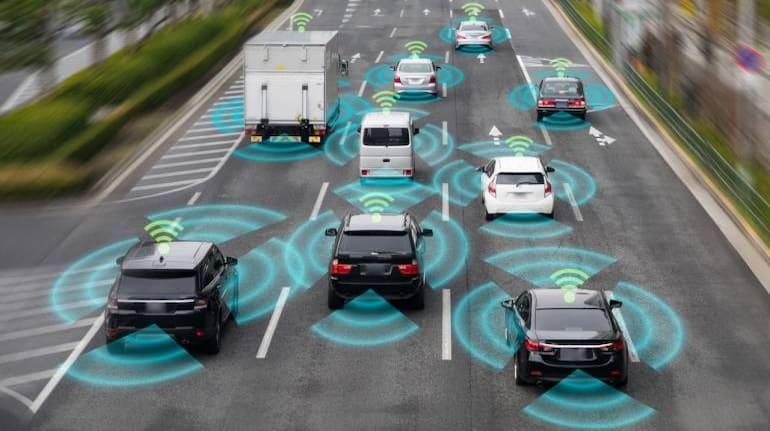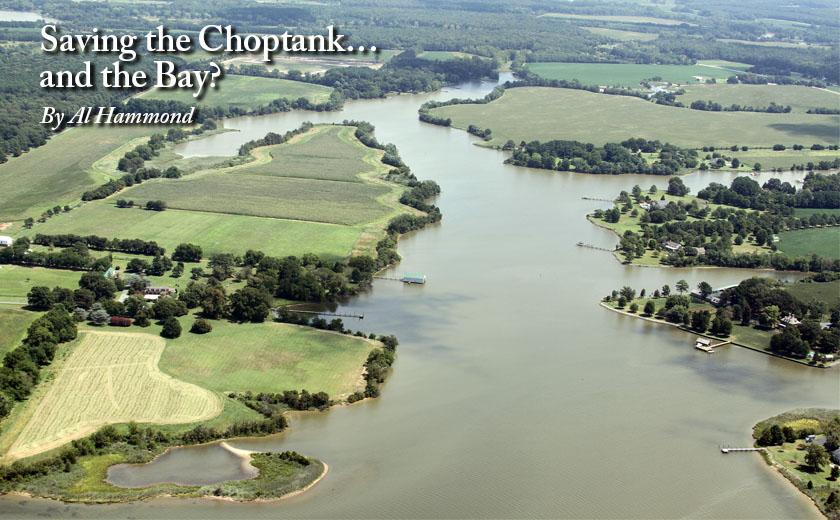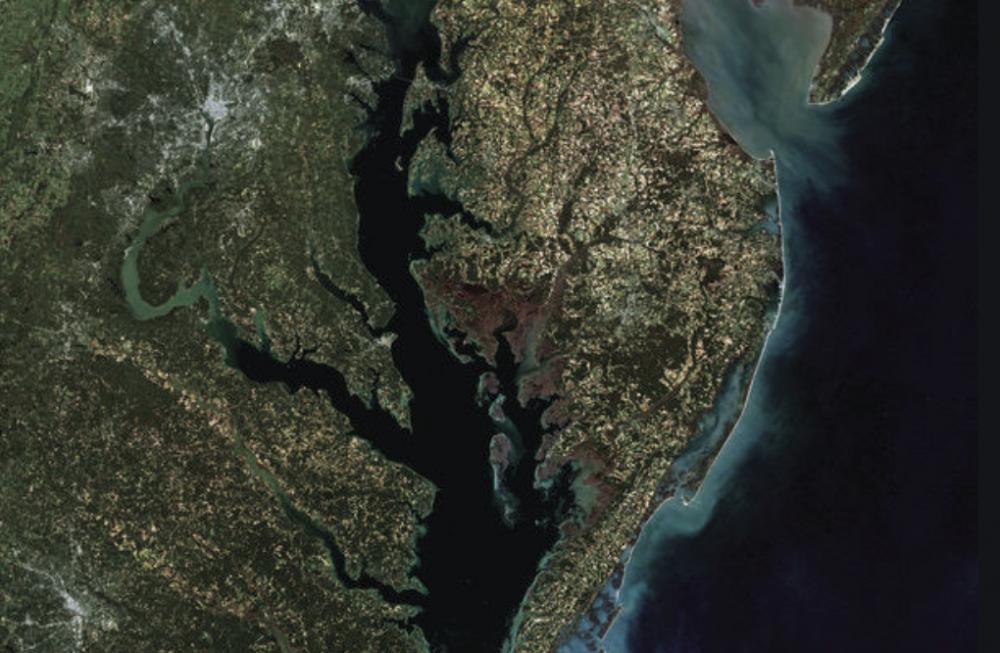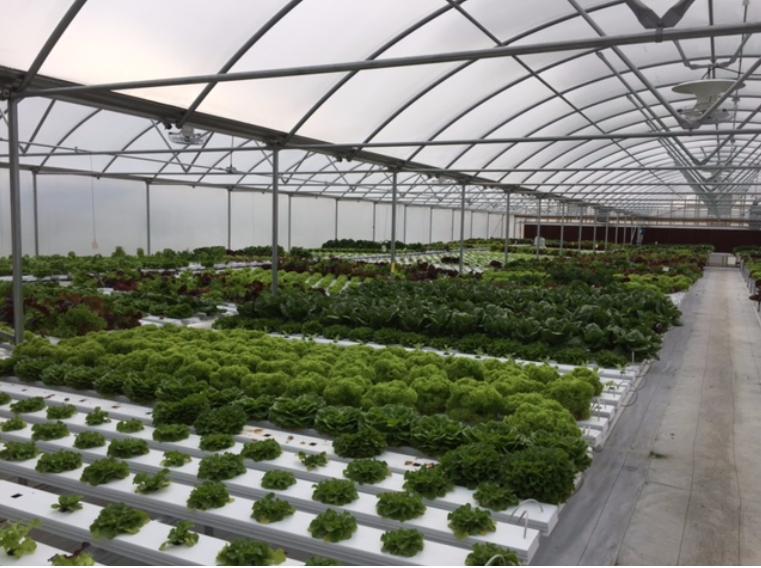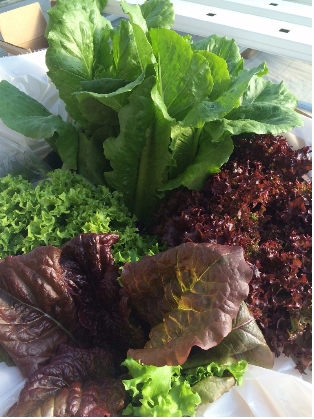The Covid-19 pandemic has made profound changes in how we live. Many adults have had to adjust to working from home. But for school-age children, the change in their lives since schools closed this spring has been even greater. How are they coping with learning from home? The experience of two Eastern Shore counties—Talbot and Kent—suggests that distance learning can work, but that it doesn’t work for some children or even some teachers. The problems include:
The digital divide. Talbot and Kent are fortunate, because in both counties every schoolchild had already been issued a digital device (tablet, chromebook, macbook, depending on age). In both counties the majority of families with school-age children also have internet access at home—even if kids sometimes have to share it with parents working from home.
Interview with Kelly Griffith, Superintendent Talbot County Public Schools
But some children—as many as 15 percent—have no access at home, either because they live in remote locations or because their families can’t afford it. (In both counties, about 50 percent of the students qualify for free or reduced-price lunch.) Others have some access, maybe over a mobile phone, but not enough to stream a live session with a teacher or even to download a big homework file. So for these children, access means traveling to a WiFi hotspot, assuming that the family has a car and a parent at home who can drive them there and wait while the student goes online. Both counties have scrambled to provide more hotspots, working with county IT departments and commercial service providers; and both counties now have WiFi on their school buses, so that they serve as a kind of mobile hotspot. Talbot has also been mailing weekly packets of schoolwork to students who can’t get them any other way.
It’s not just students who lack access—so do some teachers is both counties. It’s a measure of their dedication that those teachers have been driving to school to deliver lessons from an empty classroom or even, in some cases, teaching from their car while parked at a WiFi hotspot.
Teachers are essential. As Bill Poore, Kent County Public School’s IT director says, “Zoom doesn’t replace a teacher’s hands-on help” with reading, or a stubborn arithmetic problem. And while some parents feel comfortable providing that kind of help at home, others do not—especially if it’s been a long time since they confronted an algebra problem or are simply not familiar with the devices and software tools that enable distance learning.
The schools are attempting to help: Kent County has adopted an on-line learning management system that simplifies things for kids or parents, and they have bought all-new devices for every student for the coming year. Talbot focused this past spring on basic topics that could be most easily grasped by a student or a parent without a teacher’s real-time presence (so-called “asynchronous learning”) and is working to have students catchup and finish any incompletes with week-long “boot camps” over the summer. But as Talbot County Public School’s Superintendent Kelly Griffith explains, “synchronous learning is important, because it increases student involvement.”
No one knows yet whether schools will be able to reopen in September, and even if they do, whether parents will feel comfortable sending their children while the pandemic is still active. So Griffith’s goal is to get everyone connected—to close the digital divide, one way or another—and she is seeking state permission for virtual programming. That might mean scheduled sessions with both teacher and students online together: English composition at 9, arithmetic at 10, science at 11.
Making rural broadband—and more effective learning—a policy priority. Last week, governor Larry Hogan announced a $45 million program to address the education digital divide. It includes a plan to build out wireless educational networks in western and southern parts of the state and on the Eastern Shore, using wireless frequencies reserved for educational use or other available frequencies. Hogan’s plan also includes money for devices and software tools, and for innovation grants to help public schools test new online educational strategies. It’s not likely that these new networks will be in place in time to help the coming school year, but it’s nonetheless a worthwhile effort that will eventually help to close the digital divide in rural Maryland.
The broader challenge, however, is to rethink education strategies. No matter how good the technology is, teachers will still need to play a central role. But why not design the educational process so that it happens seamlessly at school and at home? Why not use virtual reality tools (including virtual field trips) and hands-on interactive tools (such as 3D printers) to enhance student engagement—techniques now being rapidly adopted for industrial training? Why not use artificial intelligence tools to monitor student learning in real time and adjust the process individually to how each student learns best? It’s pertinent that in international comparisons, U.S. school children rank behind those of 12 other countries in reading and no better than 30th place in mathematics—and those dismal rankings haven’t changed in recent decades. Moreover the labor market is changing much faster than school curriculums—we’re going to need more software engineers and data managers and fewer truck drivers or assembly line workers.
Maybe the disruption of the schools by the pandemic—and the renewed attention to enabling every student to learn—will turn out to be the catalyst we need to reinvent education too.
Al Hammond was trained as a scientist (Stanford, Harvard) but became a distinguished science journalist, reporting for Science (a leading scientific journal) and many other technical and popular magazines and on a daily radio program for CBS. He subsequently founded and served as editor-in-chief for 4 national science-related publications as well as editor-in-chief for the United Nation’s bi-annual environmental report. More recently, he has written, edited, or contributed to many national assessments of scientific research for federal science agencies. Dr. Hammond makes his home in Chestertown on Maryland’s Eastern Shore.
Dave Wheelan contributed to this article


